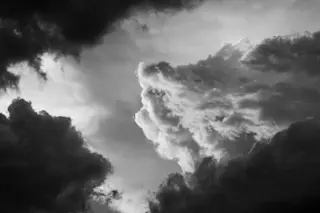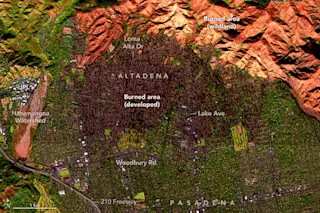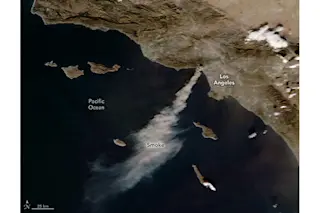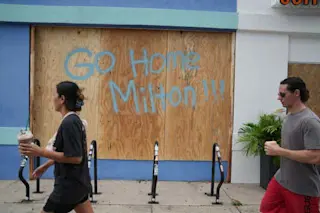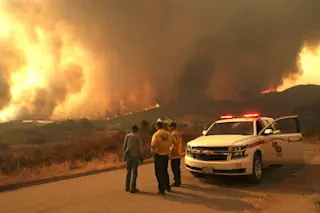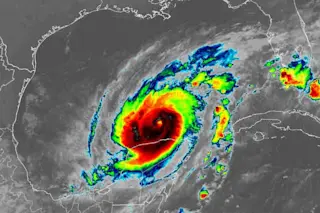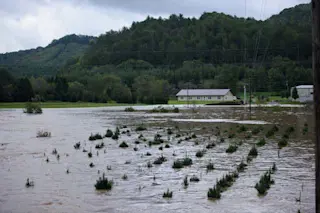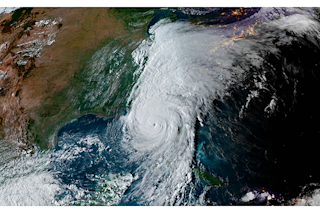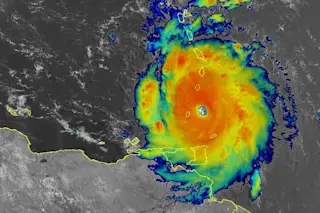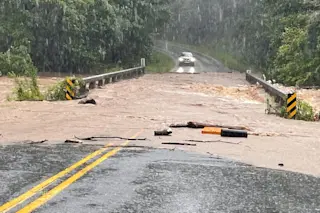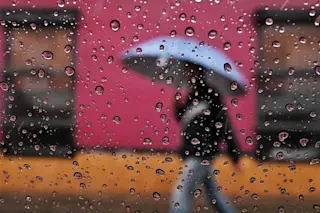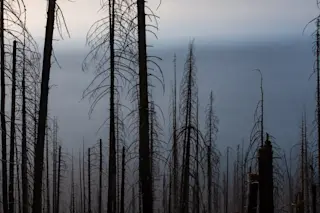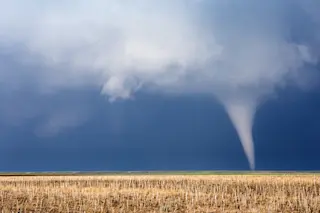Photo: © Tom Yulsman
This is a guest post about the aftermath of the extraordinary rainfall and flooding in Boulder, Colorado, by Elizabeth "Bets" McNie, a researcher at the Western Water Assessment at the University of Colorado. It's a damn good piece of writing. I recommend it to you very highly.
The Day After and ‘Keeping Boulder Weird’
by Elizabeth McNie
Sept 13 - 14, 2013
In what seems like an eternity for the high desert, the sun came out this morning, bright against a robin’s-egg sky. Like many of my neighbors, I venture out for the first time in days to walk my dog, and simply bear witness to the destructive power of our ‘Biblical’ rainfall as described by the National Weather Service. For weeks, twice each day, I walked my dog in this neighborhood but today we walk down unfamiliar streets in what is now a new neighborhood. ...


